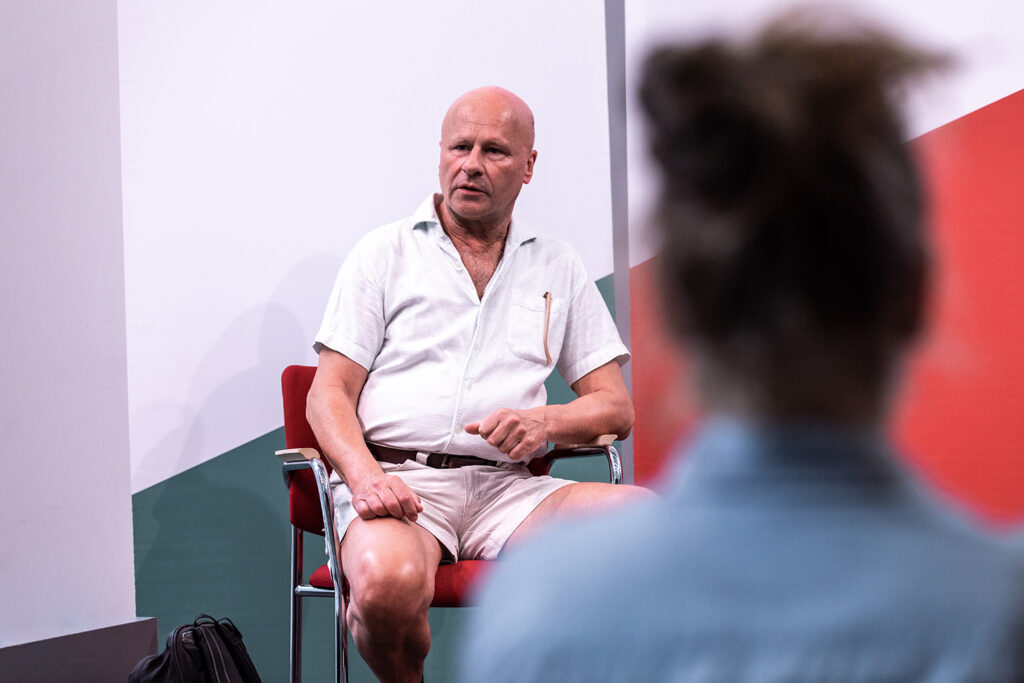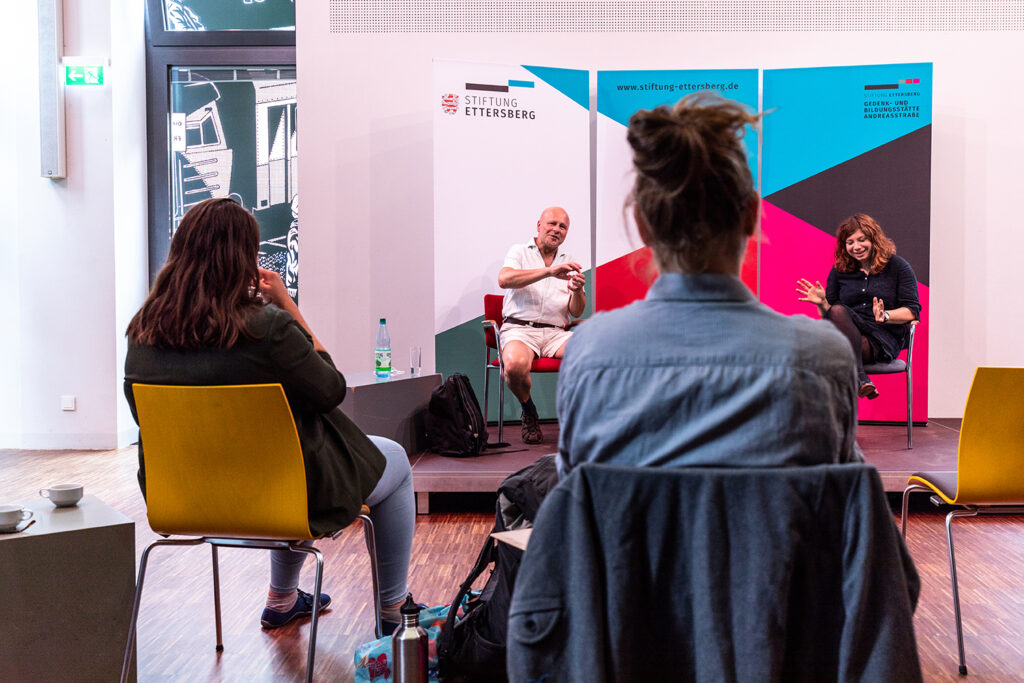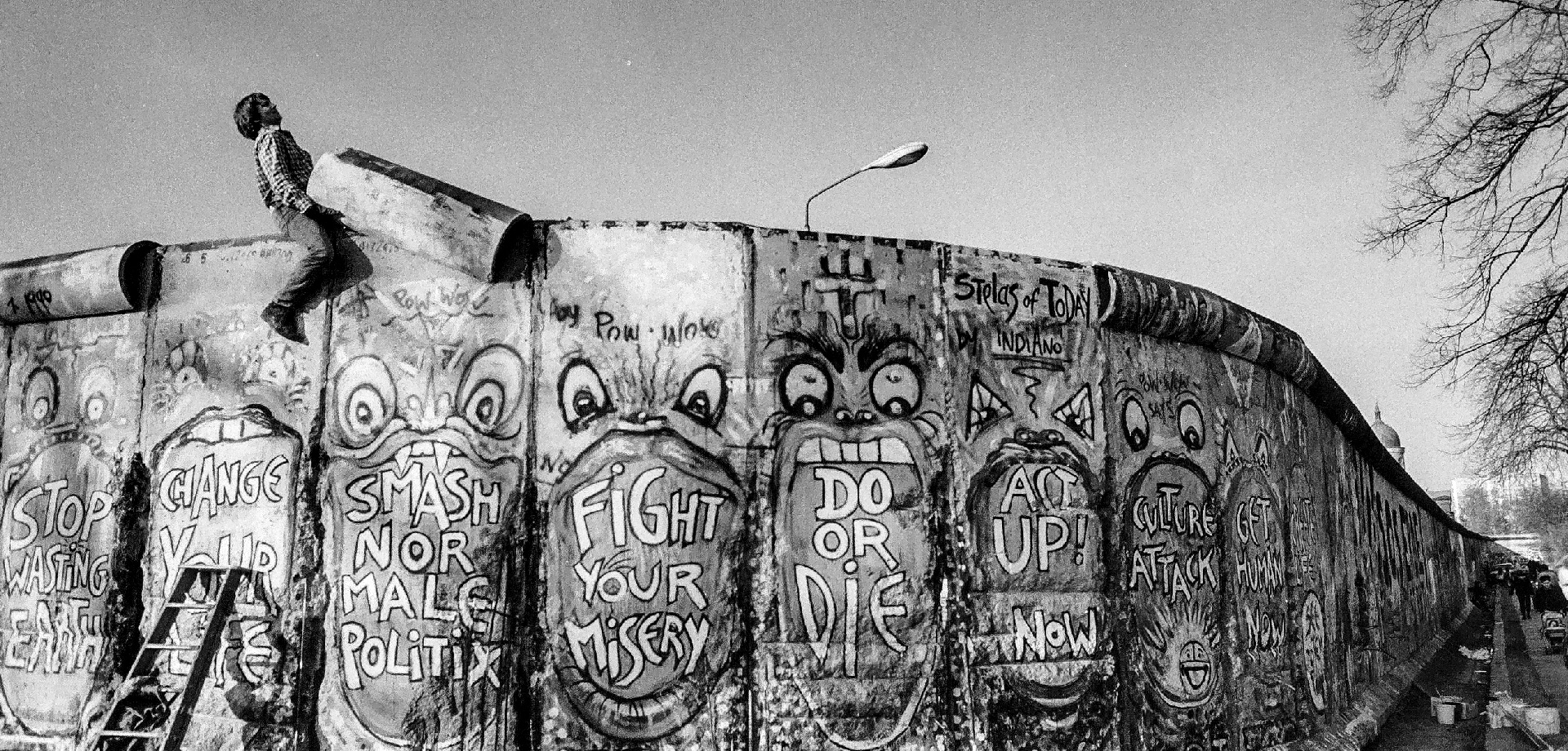History is a mosaic made up of many small pieces. It takes a lot of time, patience and meticulous care to create a recognizable picture from the many remnants of the past. We also have to admit that, despite the abundance of such pieces, a complete picture can never be created — there are always empty spaces and blind spots.
This is exactly the work of the Ettersberg Foundation: we collect the pieces of the mosaic stones – i.e. academic research, reports from eyewitnesses in written and oral form as well as testimonies in the form of objects and photos – and combine them into images. We then critically analyze them and place them in their historical context with the help of experts. We do all this with the aim of making the resulting new images and findings accessible to both international researchers and the public. But we also encourage others to engage in research and bring together further mosaic pieces to create new images. One example of this commitment is our support programme for emerging researchers.
Find out more about what our foundation does here.


In everything we do, we work very closely with not only academic and research institutions, but also the people who personally experienced dictatorship. In so doing, we bring together the analytically detached view of academia and the pedagogical educational approach with the personal experience of eyewitnesses. The various boards that advise our foundation are also very important in maintaining the high standards we set for our work.
Our foundation also operates according to the following basic principles:
• We allow controversial positions and do not convey information with a stern look and a wagging finger. Instead, we empower people to analyze things themselves and to draw their own conclusions. We call this ‘research-based learning.’
• In the process of knowledge transfer, we explicitly use modern media concepts and new formats in order to reach young people — people who have not personally experienced dictatorship and whose interest we first want to pique. The use of graphic novels is an example of this commitment.

Annual Report
In our annual report, we not only document what we have done over the course of a year, be it academic seminars, workshops for young people, film events, exhibitions, competitions, funding programmes or podcasts, but also provide insights into the work behind this programming. What kind of people work for and support the Ettersberg Foundation and why? What people and organisations does the Foundation work with? And: Who is interested in European dictatorship research and why?
Want to find out more? Read our annual reports (in German only) here:




